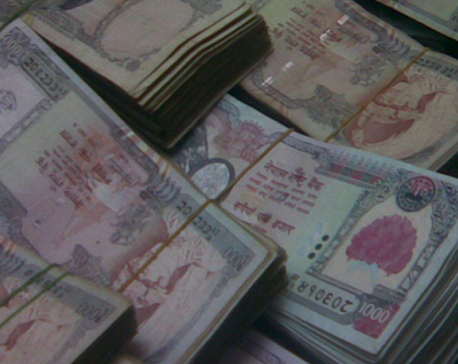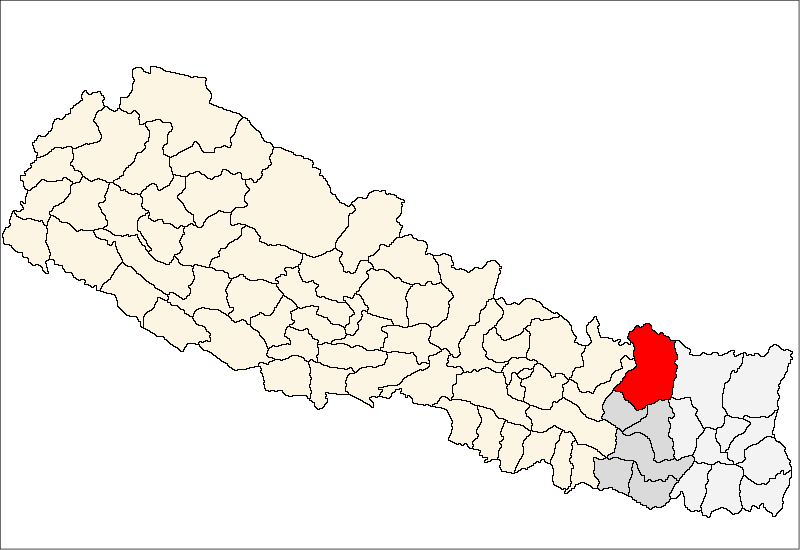
OR
Banks likely to reduce interest rates from December 16 after they get cushion from liquidity shortage
Published On: December 13, 2022 10:00 AM NPT By: RAJESH KHANAL

KATHMANDU, Dec 13: Commercial banks of Nepal are considering reviewing the existing interest rates on deposits from Friday, the beginning of the new Nepali month, after the banks have been cushioned with an improved liquidity.
According to the bankers, the average credit-deposit ratio (CD Ratio) with banks has come down to 86.41 percent, against the mandatory threshold of 90 percent enforced by Nepal Rastra Bank (NRB). It has allowed the banks with additional capacity to provide Rs 198 billion in loans.
“Provided the banks issued loans of Rs 46 billion in the first five months of the current fiscal year and a total of Rs 79 billion in the past 11 months, the existing amount of loanable fund is significant to issue additional credits to their clients,” said Parshuram Chhetri, a banker.
The records with the Nepal Bankers’ Association (NBA) also show that commercial banks collected deposits of Rs 95 billion in the past four and a half months. With the additional amount, the deposit collection of the banks has now reached Rs 4.573 trillion, up from Rs 4.478 trillion as of mid-July this year.
On the other hand, the banks issued loans of Rs 58 billion during the review period. According to the NBA, the loan amount increased to Rs 4.223 trillion from Rs 4.165 trillion.
After being flooded with excess loanable funds, the interbank rate has also declined to 7.07 percent in recent days, according to the bankers. For the past few months the rate stood as high as 8.5 percent on an average.
Chhetri said banks are left with excess liquidity due to a heavy decline in demand for loans due to exorbitant interest rates. According to him, a decline in the demand for the NRB’s standing liquidity facility provided by the banks and a fall in interbank rate are among the strong evidences that the banks’ liquidity position has been eased.
The private sector has been pressurizing both the government and the NRB to reduce the banks’ interest rates, stating that the excessive interest rate has been crumbling economic activities inside the country. The Federation of Nepalese Chambers of Commerce and Industry (FNCCI) in its survey report has shown that the manufacturing industries, mainly those producing construction materials including iron rods and cement, have been operating at only 30 percent of their total capacity.
While the consumption of everyday essentials has fallen by 18 percent, the transaction of electrical appliances has been down by 55 percent, that of automobiles by 75 percent, restaurant business by 20 percent and real estate business by 48 percent.
Likewise, transactions in the capital market have plunged 40 percent and those of insurance by 30 percent. The insurance business has been affected mainly due to the downfall in the transactions of the productive sector.
The private sector has been blaming NRB for its contractionary monetary policy for the ongoing economic problems. According to them, the economy will go into a slump if corrective measures are not implemented on time.
The regulator of the money market had tightened the money supply citing that the excessive loans were used to import goods, taking the country to a deepening trade deficit. As a result, the base interest rate increased from around seven percent to up to 11 percent in the past one year.
Since mid-September, banks have increased their interest rates on fixed deposits by 10 percent to 12.13 percent, while the interest rate on savings accounts is 7.13 percent per annum on an average. It has triggered the lending rate to up to 18 percent a year.
Revising its monetary policy, the NRB has recently reduced the spread rate from 4.4 percent to 4 percent to pressurize banks to reduce their interest rates. However, the private sector has sought the central bank to come up with additional measures to address the problem.
You May Like This

Commercial banks record interest income of Rs 64.76 billion in first four months of current FY
KATHMANDU, Dec 30: Commercial banks have earned Rs 64.76 billion interest in four months of the current fiscal year (mid-July... Read More...

Banks ready to lower interest rate from mid-January: NBA
KATHMANDU, Jan 12: Commercial banks of Nepal are likely to reduce the existing interest rates on deposits from Sunday, the... Read More...

NBA lowers deposit rate cap
KATHMANDU, Oct 12: Following widespread complaints that banks have been reluctant to lower their interest rates despite being in a... Read More...




Just In
- NEA Provincial Office initiates contract termination process with six companies
- Nepal's ready-made garment exports soar to over 9 billion rupees
- Vote count update: UML candidate continues to maintain lead in Bajhang
- Govt to provide up to Rs 500,000 for building houses affected by natural calamities
- China announces implementation of free visa for Nepali citizens
- NEPSE gains 14.33 points, while daily turnover inclines to Rs 2.68 billion
- Tourists suffer after flight disruption due to adverse weather in Solukhumbu district
- Vote count update: NC maintains lead in Ilam-2













Leave A Comment